When we think of intelligent birds, ravens, crows, and parrots typically come to mind. These feathered celebrities have earned their reputation through remarkable problem-solving abilities and complex social behaviors. However, hidden in the avian world is an extraordinary intellect that remains largely unknown to the general public – the New Caledonian crow. Native to the remote Pacific islands of New Caledonia, this remarkable corvid has stunned scientists with cognitive abilities that rival those of great apes, despite having a brain the size of a walnut. From sophisticated tool creation to understanding physical causality, these birds challenge our understanding of animal intelligence and the evolutionary pathways that lead to complex cognition.
The Island Origins of a Feathered Genius
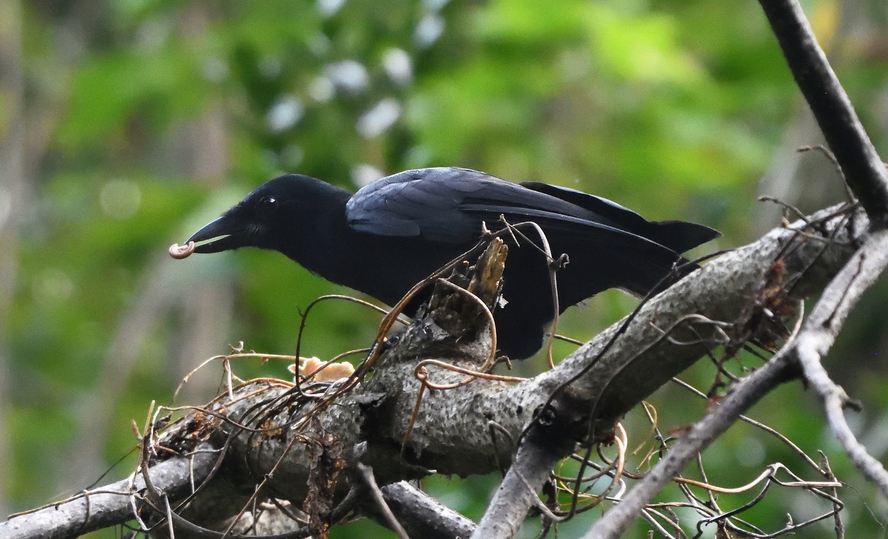
The New Caledonian crow (Corvus moneduloides) is endemic to New Caledonia, a group of islands located in the southwest Pacific, approximately 750 miles east of Australia. These islands’ isolation has created a unique evolutionary laboratory where these birds have developed specialized cognitive abilities without direct influence from mainland populations. The lush, tropical forests of New Caledonia provide the perfect backdrop for these birds to thrive, with abundant food resources that require innovative extraction methods. This geographical isolation may explain why these crows have evolved such remarkable intelligence – they’ve needed to adapt to their specific ecological niche with specialized problem-solving skills. Scientists believe that the lack of mammalian predators and competitors on these islands has allowed the crows to invest more energy in brain development rather than predator avoidance.
Master Toolmakers That Rival Early Humans
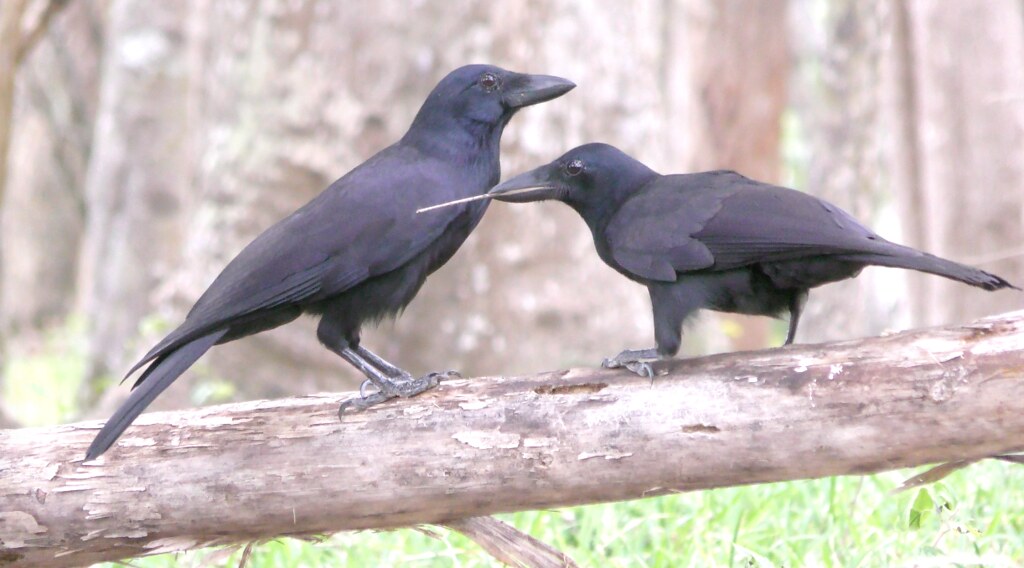
Perhaps the most astonishing aspect of New Caledonian crow intelligence is their sophisticated tool-making abilities, which rival those of early hominids. These birds don’t just use tools – they craft them with precision and purpose, often modifying branches and leaves to create hooks for extracting insects from tree crevices. What makes this behavior particularly remarkable is that they create different tools for different purposes, demonstrating an understanding of tool functionality that was once thought to be exclusive to humans. They’ve been observed fashioning hooks from twigs by carefully working the material with their beaks to create the perfect angle for fishing out grubs. Some researchers have suggested that their tool manufacturing capabilities are comparable to those of Stone Age humans, making them one of the few non-human animals to have developed a material culture that passes knowledge across generations.
The Crow That Understands Water Displacement
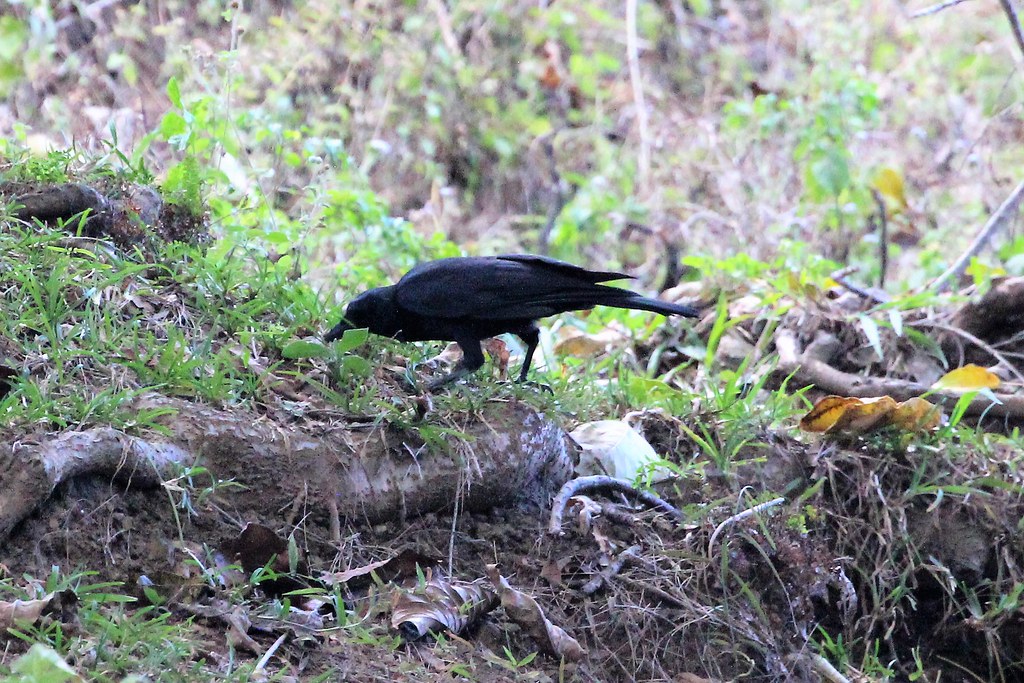
In a recreation of Aesop’s fable “The Crow and the Pitcher,” scientists tested whether New Caledonian crows could understand the principle of water displacement. The experiment involved placing a floating treat in a narrow tube with a small amount of water, requiring the birds to raise the water level to access the food. Remarkably, the crows quickly learned to drop heavy objects into the water to bring the treat within reach, demonstrating an intuitive understanding of causal relationships. What’s even more impressive is that they selectively chose heavier objects over lighter ones and solid objects over hollow ones, showing they comprehended which items would most efficiently raise the water level. This experiment revealed that these birds possess an intuitive understanding of physics that was previously thought to be beyond avian capabilities. The study has forced scientists to reconsider how we define and measure intelligence across species.
Problem-Solving Through Mental Representation
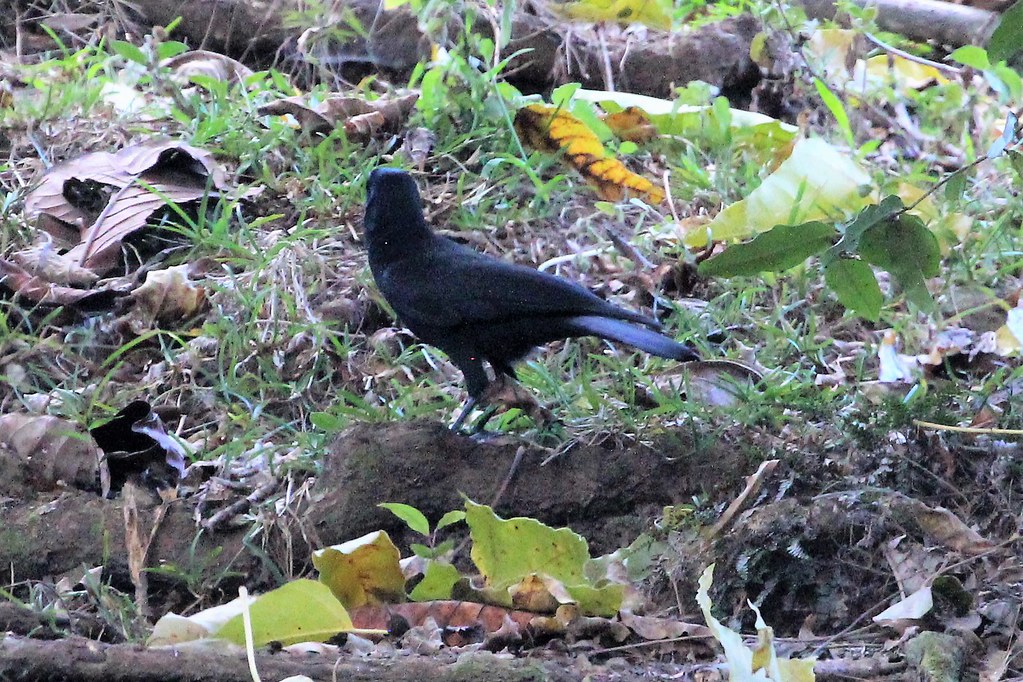
New Caledonian crows exhibit a cognitive ability previously thought to be unique to humans and some primates – mental representation. They can solve complex problems that require visualizing the solution before taking action, rather than learning through simple trial and error. In one famous experiment, the crows were presented with a puzzle that required using a series of tools in a specific sequence to retrieve a reward, a task they had never encountered before. Astonishingly, some crows were able to solve this multi-step problem without prior training, suggesting they could mentally map out the entire solution before beginning. This ability to plan and visualize potential outcomes places their cognitive abilities far beyond what we typically associate with birds. Their capacity for abstract thought challenges longstanding assumptions about the neural requirements for higher cognitive functions.
Social Learning and Cultural Transmission
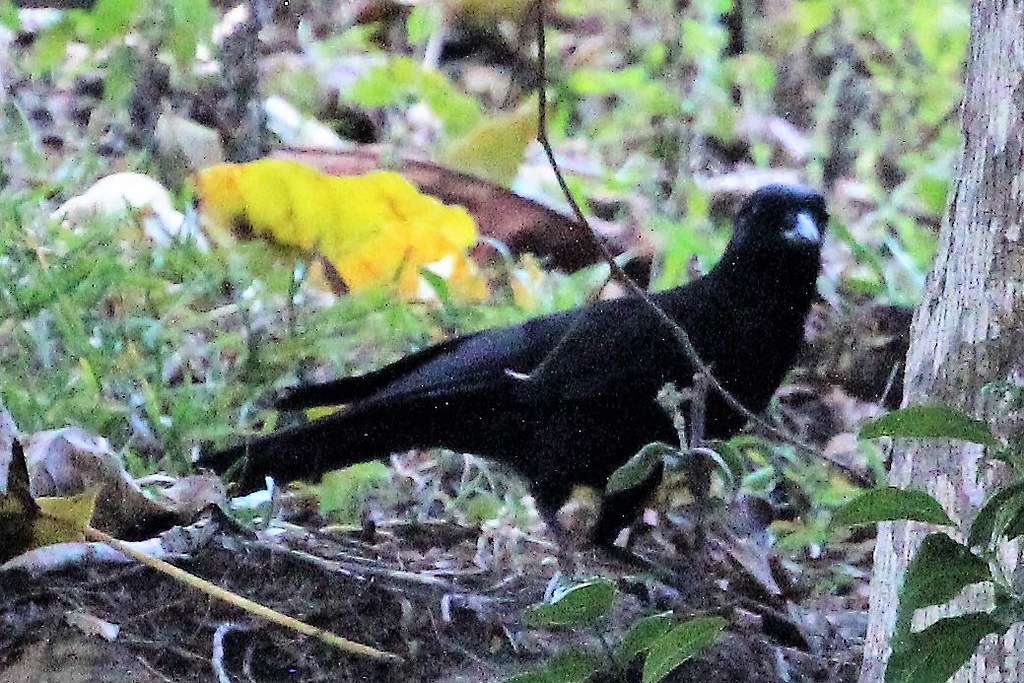
Unlike many species that rely primarily on instinct, New Caledonian crows exhibit substantial evidence of social learning and cultural transmission of knowledge. Young crows learn sophisticated tool-making techniques by observing their parents and other adults, gradually refining their skills through practice and observation. This transmission of knowledge creates distinct “cultures” of tool use that can vary between different populations on the islands. Researchers have documented regional variations in tool design that persist across generations, suggesting a form of cultural evolution similar to human traditions. The presence of these cultural variations indicates that their intelligence includes not just individual problem-solving but also complex social learning mechanisms. This sophisticated form of knowledge transfer is rare in the animal kingdom and represents a parallel evolution to human cultural development.
Brain Structure: Small But Mighty
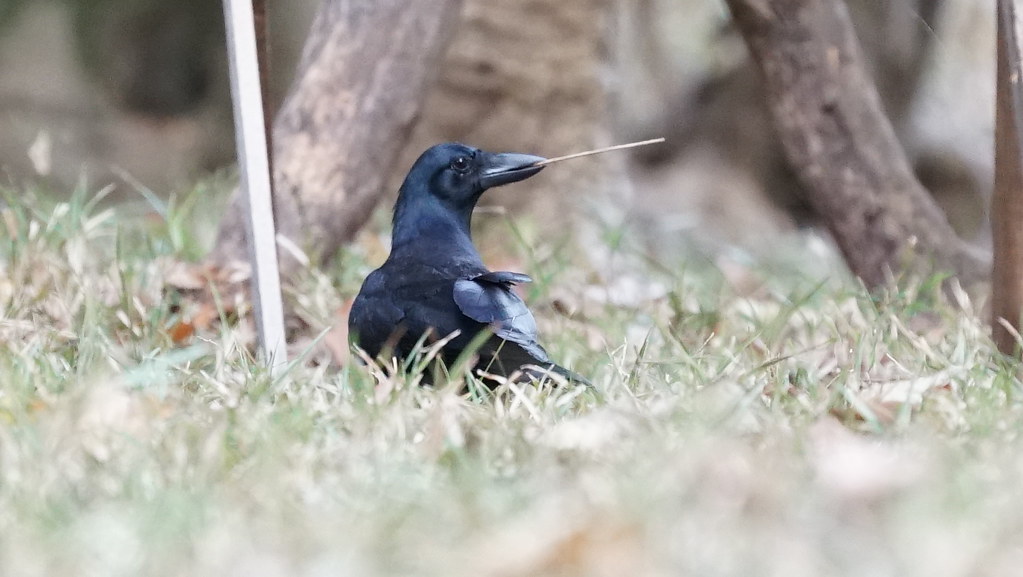
What makes the cognitive abilities of New Caledonian crows even more remarkable is that they achieve this intelligence with a brain that weighs just a few grams. While their brain-to-body ratio is impressive for birds, it’s still vastly smaller than the brains of primates who demonstrate comparable cognitive feats. Neurological studies have revealed that these crows have a particularly developed nidopallium caudolaterale, a region of the avian brain analogous to the prefrontal cortex in mammals, which is associated with higher cognitive functions. This neural organization allows for advanced problem-solving despite the compact size of their brain. Their cognitive architecture represents a fascinating case of convergent evolution, where similar intellectual capabilities evolved independently in birds and mammals. This suggests that complex intelligence can emerge through different neural pathways, challenging the notion that mammalian brain structure is the only route to higher cognition.
Meta-Tool Use: Tools to Get Tools
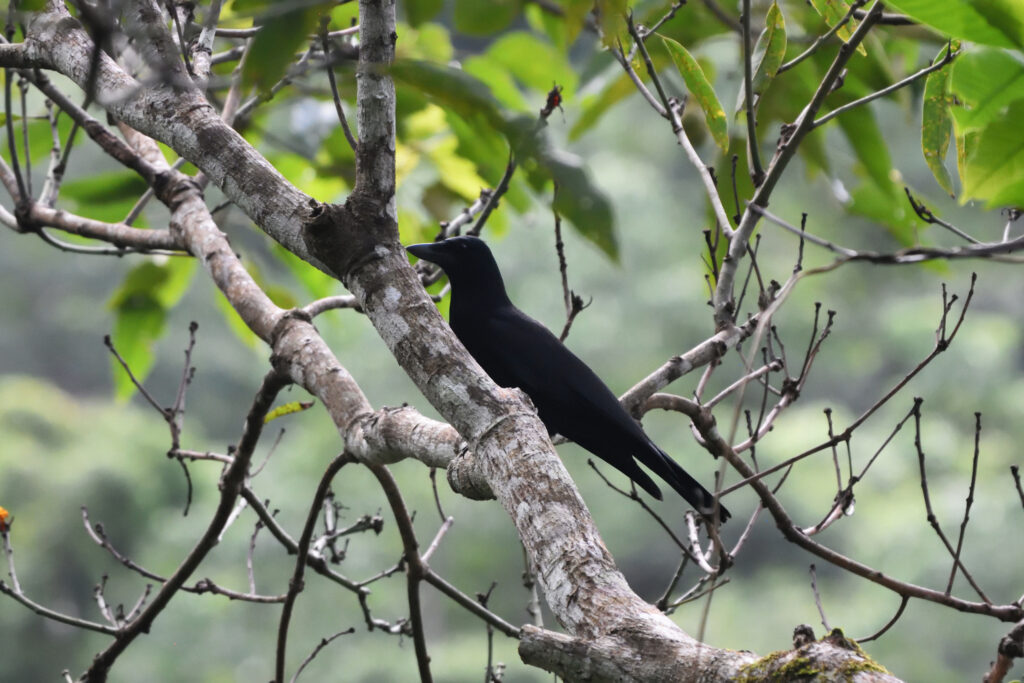
One of the most sophisticated cognitive feats demonstrated by New Caledonian crows is meta-tool use – the ability to use one tool to obtain another tool, which is then used to solve a problem. In laboratory experiments, these birds have shown they can use short sticks to retrieve longer sticks that are otherwise out of reach, and then use those longer sticks to extract food from a container. This level of sequential tool use requires the bird to understand the entire causal chain before taking the first action, representing a level of planning previously associated only with great apes. Some individuals have been observed solving problems requiring up to three sequential tool uses, demonstrating remarkable working memory and causal understanding. This meta-cognition – thinking about thinking – places these crows in an elite category of non-human intelligence that includes dolphins, elephants, and our closest primate relatives.
Facial Recognition and Long-Term Memory
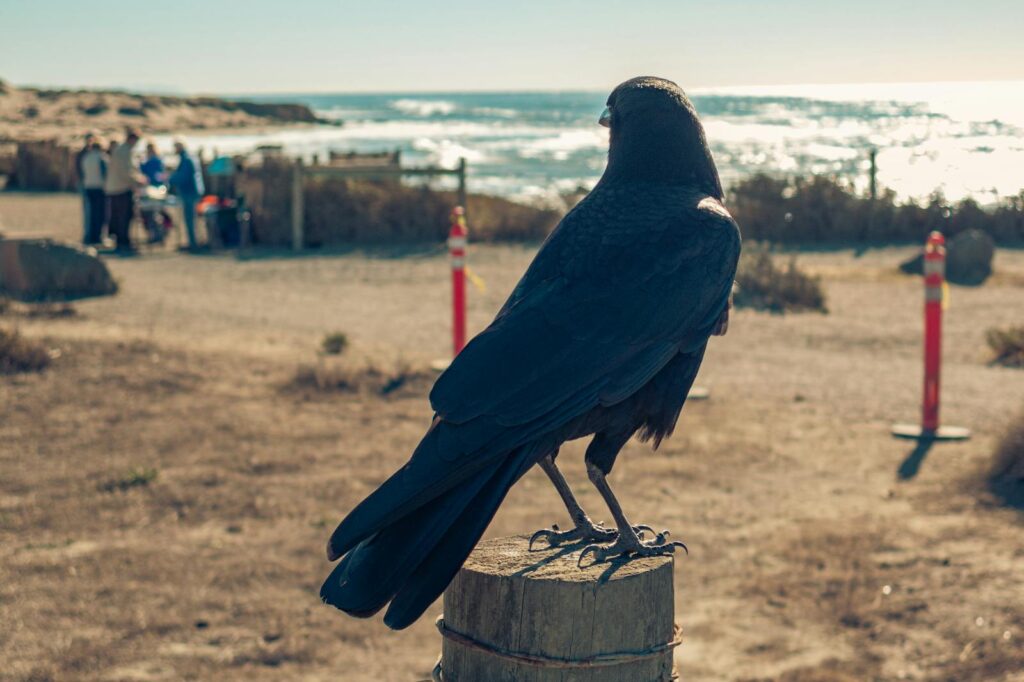
New Caledonian crows possess an extraordinary ability to recognize and remember human faces, even after long periods of separation. Research has shown that these birds can distinguish between humans who have threatened them in the past and those who have been neutral or helpful, adjusting their behavior accordingly. This facial recognition ability extends beyond humans to other crows and even inanimate objects that have been associated with danger or reward. Their long-term memory allows them to recall specific events and associated outcomes for years, guiding future decision-making. This capacity for detailed memory storage and retrieval suggests neural mechanisms for experience-based learning that are more sophisticated than previously thought possible in birds. Their ability to maintain complex social maps of individuals and their associated behaviors points to a rich inner cognitive life that continues to surprise researchers.
Bending Wire: A Crow’s Engineering Feat
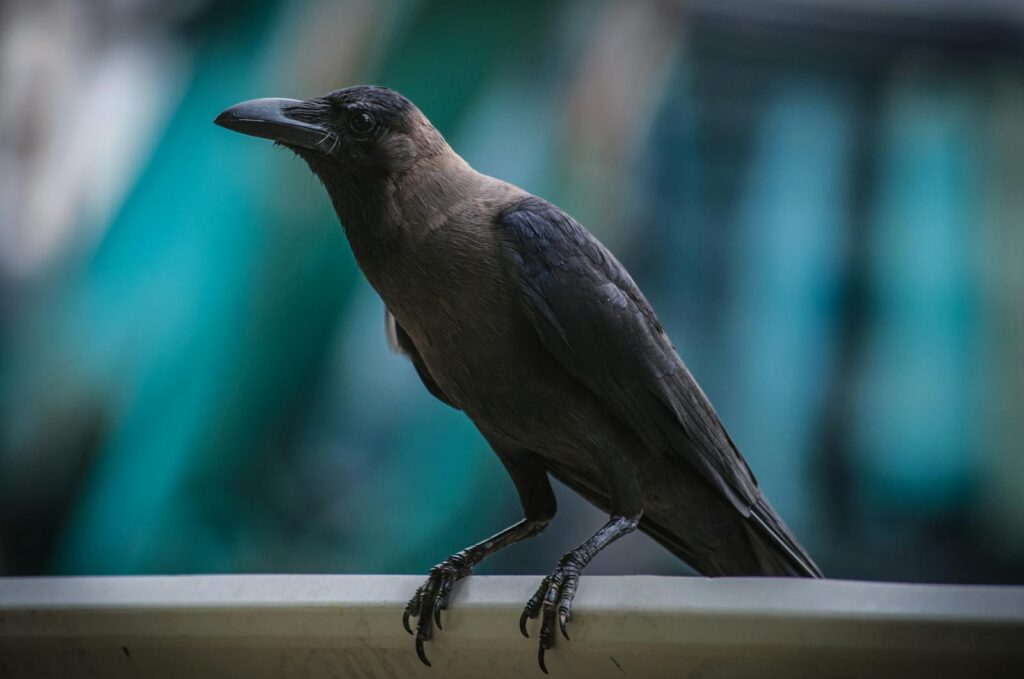
In one of the most astonishing demonstrations of their problem-solving abilities, New Caledonian crows have shown they can bend wire to create hooks – a behavior never observed in wild birds. When presented with a straight piece of wire and a food reward in a container that could only be retrieved with a hooked tool, several captive crows spontaneously bent the wire into a hook to retrieve the food. What makes this achievement particularly remarkable is that wire is a completely novel material for these birds, indicating that they understand the functional properties of hooks at a conceptual level, rather than simply copying behaviors they’ve seen. This ability to transfer knowledge about one material (twigs) to a completely different material (wire) demonstrates a level of abstract thinking and creativity that defies conventional understandings of avian cognition. Their innovative approach to tool modification suggests a flexibility of thought that allows them to adapt quickly to novel situations.
The Evolution of Crow Intelligence
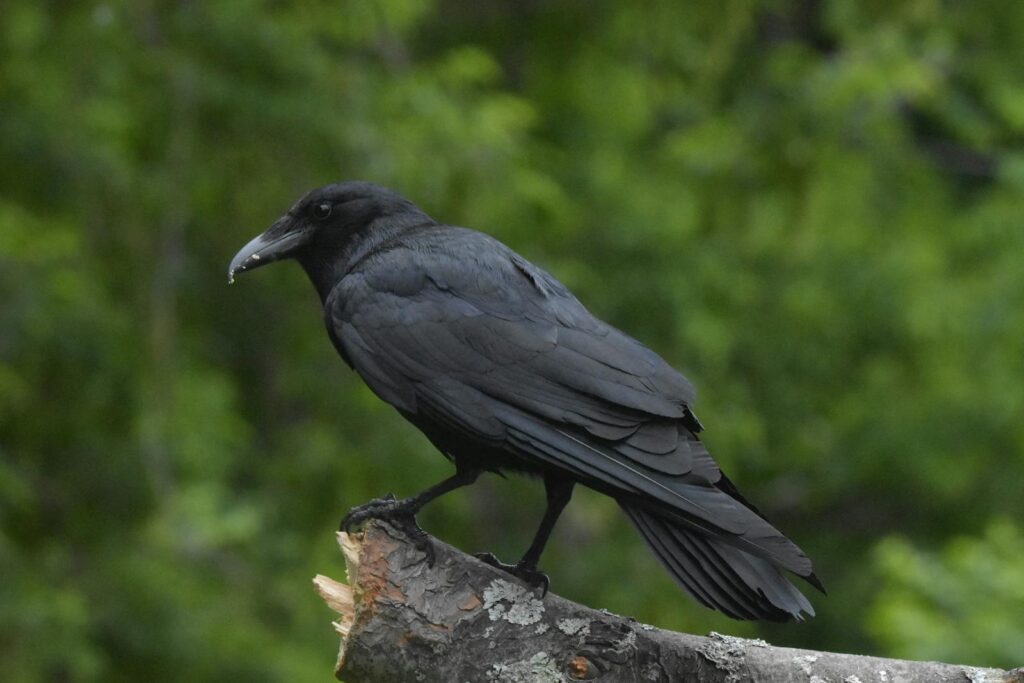
Evolutionary biologists are fascinated by how and why New Caledonian crows developed such advanced cognitive abilities. One prominent theory suggests that their intelligence evolved in response to the specific ecological pressures of their island habitat, where extracting wood-boring beetle larvae from trees requires sophisticated tools. This ecological hypothesis proposes that the cognitive demands of finding food in their particular environment drove the evolution of enhanced problem-solving abilities. Another theory focuses on their social structure, suggesting that navigating complex crow societies requires advanced cognitive mapping of relationships and status. The truth likely involves a combination of these factors, creating an evolutionary perfect storm that favored increasingly sophisticated intelligence. What remains particularly intriguing is why these crows developed such advanced capabilities while closely related species did not, presenting an evolutionary puzzle that continues to challenge our understanding of how intelligence evolves.
Conservation Status and Threats
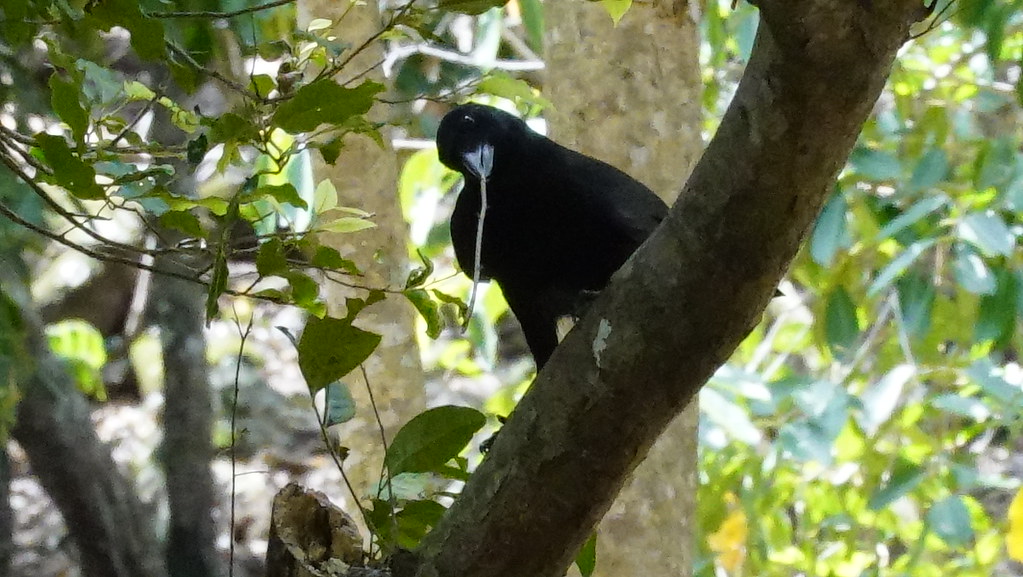
Despite their remarkable intelligence, New Caledonian crows face numerous threats to their survival. Habitat destruction due to mining, agriculture, and development in New Caledonia continues to reduce their native forest habitat. The islands have experienced significant deforestation, with estimates suggesting that over 75% of the original forest cover has been lost or degraded. Introduced predators, particularly cats and rats, pose additional threats to these birds, especially during nesting when eggs and chicks are vulnerable. Climate change represents another long-term threat, potentially altering the ecological conditions that have allowed these birds to thrive. Conservation efforts are underway to protect the remaining forest habitats on New Caledonia, but more comprehensive protection measures may be needed to ensure the survival of this intellectual marvel of the avian world.
The Ongoing Scientific Discovery
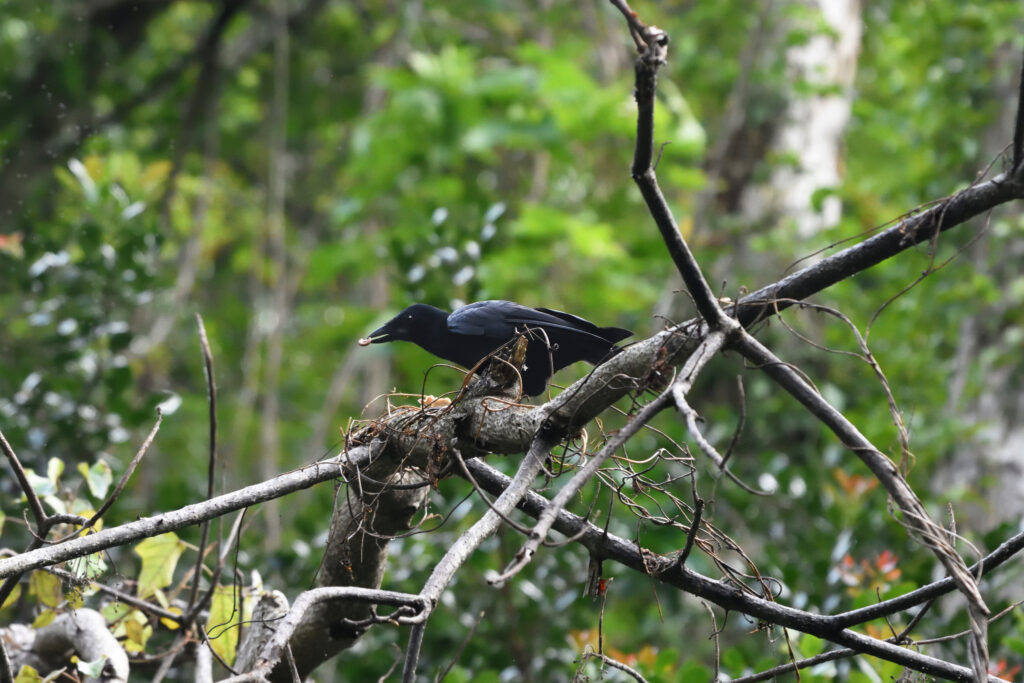
Research into New Caledonian crow intelligence continues to yield surprising discoveries that expand our understanding of animal cognition. Recent studies have begun to investigate whether these birds possess a theory of mind – the ability to attribute mental states to others and understand that other individuals have different perspectives and knowledge. Preliminary evidence suggests they may possess some rudimentary form of this ability, though more research is needed. Scientists are also exploring how these crows represent abstract concepts and whether they can understand symbolic representations. As research techniques improve, including non-invasive brain imaging methods adapted for birds, we may soon gain deeper insights into the neural mechanisms behind their remarkable cognitive abilities. The continuing study of these birds challenges our assumptions about the uniqueness of human intelligence and provides valuable insights into the evolution of complex cognition.
The New Caledonian crow stands as one of nature’s most profound intellectual achievements – a testament to the fact that remarkable intelligence can evolve in diverse forms across the animal kingdom. Their sophisticated tool use, problem-solving abilities, and social learning showcase cognitive capabilities that evolved independently from our own primate lineage, yet parallel human intelligence in remarkable ways. As we continue to study these extraordinary birds, they not only humble our human-centric view of intelligence but also provide valuable insights into the evolutionary pressures that drive cognitive development. Perhaps most importantly, they remind us that intelligence in nature takes many forms, and that some of the most brilliant minds on our planet may belong to species we’ve barely begun to understand.
